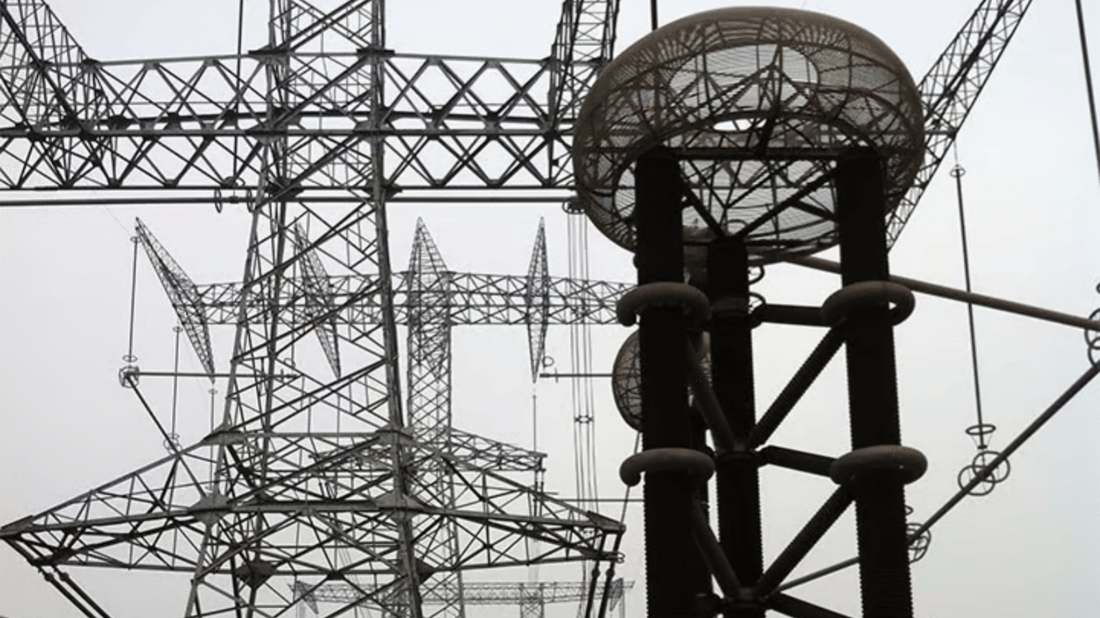What is a Non-Contact DC Voltage Tester?
A non-contact DC voltage tester is a handy tool used to detect the presence of electrical energy in wires, outlets, switches, circuit breakers, and other electrical systems without the need for physical contact. This device is crucial for electricians, maintenance workers, and DIY enthusiasts to ensure safety when working with electrical components.
How Does a Non-Contact DC Voltage Tester Work?
Non-contact DC voltage testers work by detecting the electromagnetic field emitted by an energized circuit. When the tester is brought close to a live conductor, it picks up the electromagnetic field and alerts the user using visual and/or audible signals. This allows the user to quickly determine whether a circuit is live or not without touching any wires.
Benefits of Using a Non-Contact DC Voltage Tester
One of the main advantages of using a non-contact DC voltage tester is safety. By eliminating the need to make physical contact with live wires, the risk of electrical shock or injury is significantly reduced. Additionally, these testers are portable, easy to use, and can quickly identify live circuits, saving time and effort during inspections and troubleshooting.
Types of Non-Contact DC Voltage Testers
There are different types of non-contact DC voltage testers available on the market, ranging from basic models to advanced versions with additional features. Some testers only detect voltage, while others can also measure continuity, resistance, and even temperature. Choose a tester that best suits your needs and budget.
How to Use a Non-Contact DC Voltage Tester
Using a non-contact DC voltage tester is simple and straightforward. Start by turning on the tester and selecting the appropriate voltage range. Hold the tester near the suspected live wire or electrical component. If the tester detects voltage, it will indicate this through a light, sound, or display. Always follow the manufacturer's instructions for safe and accurate use.
Common Applications of Non-Contact DC Voltage Testers
Non-contact DC voltage testers are commonly used in various applications, including electrical maintenance, troubleshooting, HVAC systems, automotive repairs, and home inspections. These testers are essential for detecting live circuits, verifying proper wiring connections, and ensuring electrical safety in different environments.
Features to Look for in a Non-Contact DC Voltage Tester
When choosing a non-contact DC voltage tester, consider factors such as voltage range, sensitivity levels, display options, safety certifications, durability, and additional functions like flashlight or probe tip. It's essential to select a reliable tester from a reputable manufacturer to guarantee accurate and consistent results.
Tips for Safe and Effective Voltage Testing
To ensure safe and effective voltage testing with a non-contact DC voltage tester, always wear appropriate personal protective equipment, such as insulated gloves and goggles. Test the tester on a known live circuit before use, and avoid testing near electromagnetic interference sources. Regularly calibrate and maintain your tester for optimal performance.
Choosing the Right Non-Contact DC Voltage Tester for Your Needs
With a wide range of non-contact DC voltage testers available in the market, it's crucial to select a tester that meets your specific requirements. Consider factors like the type of circuits you'll be working with, the frequency of use, your budget, and any additional features you may need. Compare different models to find the best fit for your projects.
Conclusion
In conclusion, a non-contact DC voltage tester is a valuable tool for anyone working with electrical systems. By providing a safe and efficient way to detect voltage without physical contact, these testers enhance safety and productivity in various applications. Choose the right tester for your needs, follow proper testing procedures, and prioritize electrical safety in all your projects.
Quote Inquiry
Contact us!

